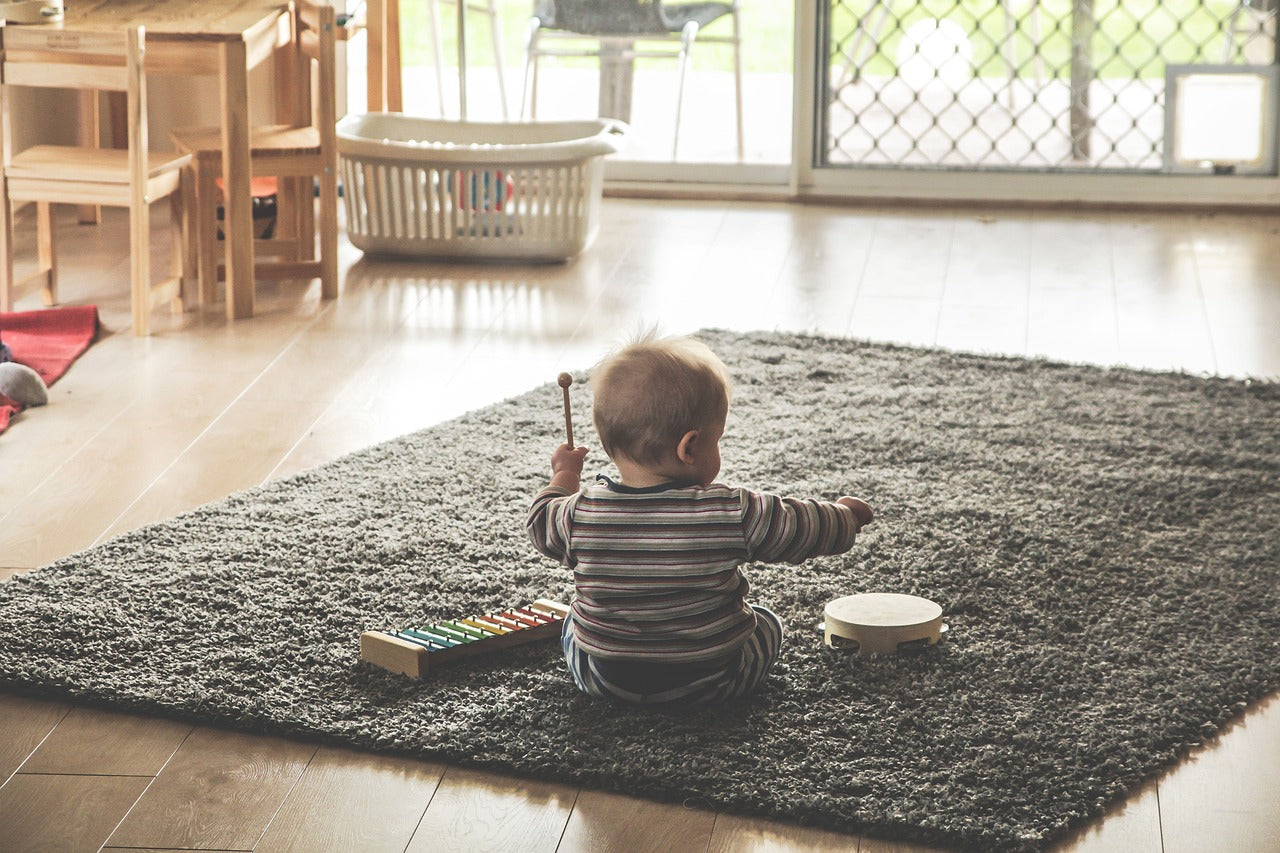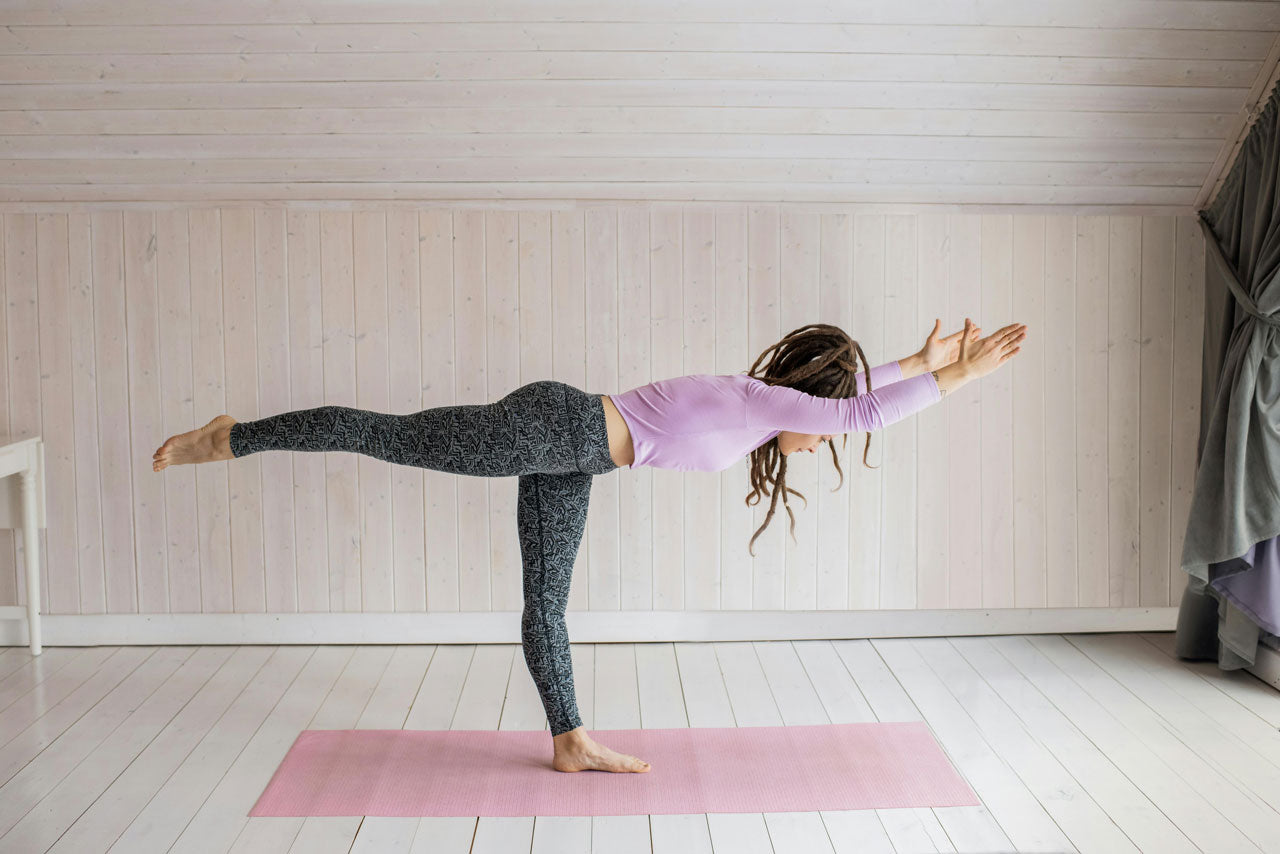Attention-deficit/hyperactivity disorder (ADHD) is an immense and growing problem for school age children, diminishing their ability to thrive in educational settings that often demand sustained attention and behavioral regulation. The CDC reports that 13% of middle and high school children are affected1, imposing an immense burden on their parents, sibs, teachers and schools. Additionally, the cost to treat a child with ADHD is about $1000/year, which works out to a $50 billion bill each year for the US health care system2. Worrisomely, although figures vary depending on exactly how data is collected, the incidence of ADHD seems to be increasing over time:

aNSCH 2003 to 2011: National Survey of Children’s Health (NSCH), telephone survey data
bNSCH 2016 to 2019: Redesigned as an online and mail survey, information collected annually
ADHD Research
Despite its prevalence and life changing implications we have little understanding of the cause(s) of ADHD. As a result, treatment of this problem is still evolving. A recent review of ADHD research from the CDC goes on for over 500(!) pages3, but reaches few conclusions.
Medical Therapy and/or Behavioral Therapy
Drugs can mitigate behaviors associated with ADHD and are usually helpful, but the decision to medically treat a child for what may be their entire childhood is a fraught one because side effects are common. Nevertheless, in the United States two thirds of children with ADHD are ultimately treated with drugs. Behavioral therapies (e.g. cognative-behavorial therapy) are often combined with drug treatment, and are attractive because they can sometimes avoid drug treatment altogether. Note that behavioral therapy is not just for children. Specific training for teachers and for parents4 5can also be helpful.
Other Approaches6
We’ve long known that allowing students to doodle while listening to a lecture improves comprehension and recall, likely because even the modest muscular effort involved in doodling improves focus.7 So it’s likely that “treatments” other than drugs can help to ameliorate ADHD.
And because parents are leery of medicating their children many other potential therapies for ADHD have actually been explored8. Diet, exercise, supplements, mindfulness training, hypnotherapy, aromatherapy, biofeedback, Tai Chi … the list is quite long. Unfortunately, as the length of this list suggests, none of these approaches has been very successful.
“How to control a raging bull? Give it a large pasture.”
Zen proverb
Kids Need to Move
On the surface ADHD appears to be just an exaggeration of a child’s innate need to move. So, an obvious if counterintuitive approach to ADHD is to simply enable, rather than prohibit, a child’s restlessness. As an old Zen proverb has it: “How to control a raging bull? Give it a large pasture.”

Allowing children to move as they feel necessary is an attractive approach because it is both inexpensive and unlikely to cause harm. And really, we should think of movement as medicine. As John Ratey observes in Spark: The Revolutionary New Science of Exercise and the Brain, we can “… Think of exercise as medication... for a very small handful of people with attention deficit disorder, it may actually be a replacement for stimulants, but, for most, it’s complementary — something they should absolutely do, along with taking meds, to help increase attention and improve mood.”
Exactly how movement helps manage ADHD isn’t well understood, but children with ADHD often move as a way to self-regulate, focus, and organize their sensory experiences. This movement is innate and serves multiple purposes; when restricted, it can exacerbate symptoms by diminishing the child's capacity to manage their environment and tasks. As a result, allowing kids to move can not only enhances attention but also improves the ability to perform complex tasks. As Hartanto and colleagues observe in a recent study of the effect of physical activity on kids with ADHD, “… excessive motoric activity associated with clinically significant ADHD symptoms may reflect compensatory efforts to modulate attention and alertness. Future research should systematically explore the relationship between motion in ADHD and how it might be used to improve cognitive performance.”9
Of course, breaks for physical activities and sports activities have been used by educators for generations to help children both to regulate their energy levels and improve their overall health and fitness. More recently there has been interest in encouraging moment to moment movement. Squeeze balls, and “fidgets” can be used discreetly to allow small hand movements that can help children concentrate.
Alternative seating that allows whole body movement while sitting is another option. Yoga balls, wobble seat, bouncy bands, and similar devices have been used for over 20 years, and while surprisingly little peer reviewed research has been published, a recent review article summarizing the available literature (Gochenour and Poskey, 2017) found that “the use of alternative seating devices generally improves attention for students with attention difficulty.”10 This finding was confirmed in two larger, more recent, reviews.11,12
Given the modest cost and minimal risk of active sitting for classrooms it’s perhaps surprising that better seating options haven’t been more widely adopted. In part this seems to be simply a matter of bureaucratic inertia. In a very recent paper (2024)13 researchers conducted structured interviews with school staff in an urban Texas school district and reported that funding constraints and the number of stakeholders involved were the principal obstacles to change. Encouragingly, these researchers observed: “For less resource- or time-intensive approaches (e.g., brain breaks, flexible seating, or online physical education curricula), teachers or schools would often pilot test and/or use these approaches without requesting approval from the district…”, a point echoed in the conclusion of their paper: “Finally, policies that provide teachers more time and support to pilot test physical activity approaches could provide more immediately relevant information on the feasibility of adopting new approaches.”
In the end, it will likely be parents who empower teachers and school systems to bring change. Of all the “stakeholders” involved in the complex process of improving the lives of kids with ADHD, parents are the most knowledgeable, and by far the most committed, advocates.
On a personal note: A few years ago, we were showing our chairs to passers by on Church Street, a walking street in downtown Burlington. We chatted with lots of folks, many of whom found the whole idea of a different way to sit interesting if a little “out there”. But one conversation has really stuck with me. A young mother sat for a few minutes on one of our chairs, tipping this way and that, and then she teared up a bit and said, “I wish my son had been sitting on one of these chairs last week when he took the NECAP (“The New England Common Assessment Program”, big placement exam given to all 4th grade students)”. She continued, “I know he would have done better.” It’s just one conversation with one mother, of course, but mothers know their kids, and her powerful intuition was that sitting on an active chair would have helped her child focus, and perform, better. So, we developed the ButtOn Chair, an inexpensive, DIY active chair specifically for kids so every kid would have access to active sitting. You can check it out and download plans at ButtOnChairs.org
And one more thing about the ButtOn Chair: Its seat is made slightly unstable by a lacrosse ball immediately under the seat, an arrangement that is simple, inexpensive, and virtually indestructible. This unstable arrangement of course inspires kids to move continuously, but it also requires that they continuously rebalance themselves in order to stay seated. And, because the cerebellum is involved not only in balance but also in cognitive functions commonly affected in ADHD (e.g. attention, impulsivity, and executive functions), researchers believe that balance exercises can improve ADHD symptoms.1415 It’s still early days for this sort of research, but it does seem that Button Chairs may be helpful to kids with ADHD in multiple ways.
I am indebted to Erica Neilson Mahoney (neilsonmahoneycoaching.com) for her thoughtful review of this blog which significantly enhanced it.
2Trends in the parent-report of health care provider-diagnosed and medicated attention-deficit/hyperactivity disorder: United States, 2003-2011
3CDC: ADHD Diagnosis and Treatment in Children and Adolescents
4Parent Training in Behavior Management for ADHD
5Neilson Mahoney ADHD Coaching & Education
6CDC: Treatment of ADHD
7What does doodling do?
8Non-pharmacologic management of attention-deficit/hyperactivity disorder in children and adolescents: a review
9A Trial by Trial Analysis Reveals More Intense Physical Activity is Associated with Better Cognitive Control Performance in Attention-Deficit/Hyperactivity Disorder
10Determining the effectiveness of alternative seating systems for students with attention difficulties: A systematic review
11Efficacy of alternative seating on attention, in-seat behavior, and occupational performance in children with Attention Deficit Hyperactivity Disorder
12Effects of Classroom Active Desks on Children and Adolescents’ Physical Activity, Sedentary Behavior, Academic Achievements and Overall Health: A Systematic Review
13School Staff’s Perspectives on the Adoption of Elementary-School Physical Activity Approaches: A Qualitative Study
14Balance-based Attentive Rehabilitation of Attention Networks (BARAN) improves executive functions and ameliorates behavioral symptoms in children with ADHD
15A Working Hypothesis for the Role of the Cerebellum in Impulsivity and Compulsivity





Leave a comment
All comments are moderated before being published.
This site is protected by hCaptcha and the hCaptcha Privacy Policy and Terms of Service apply.